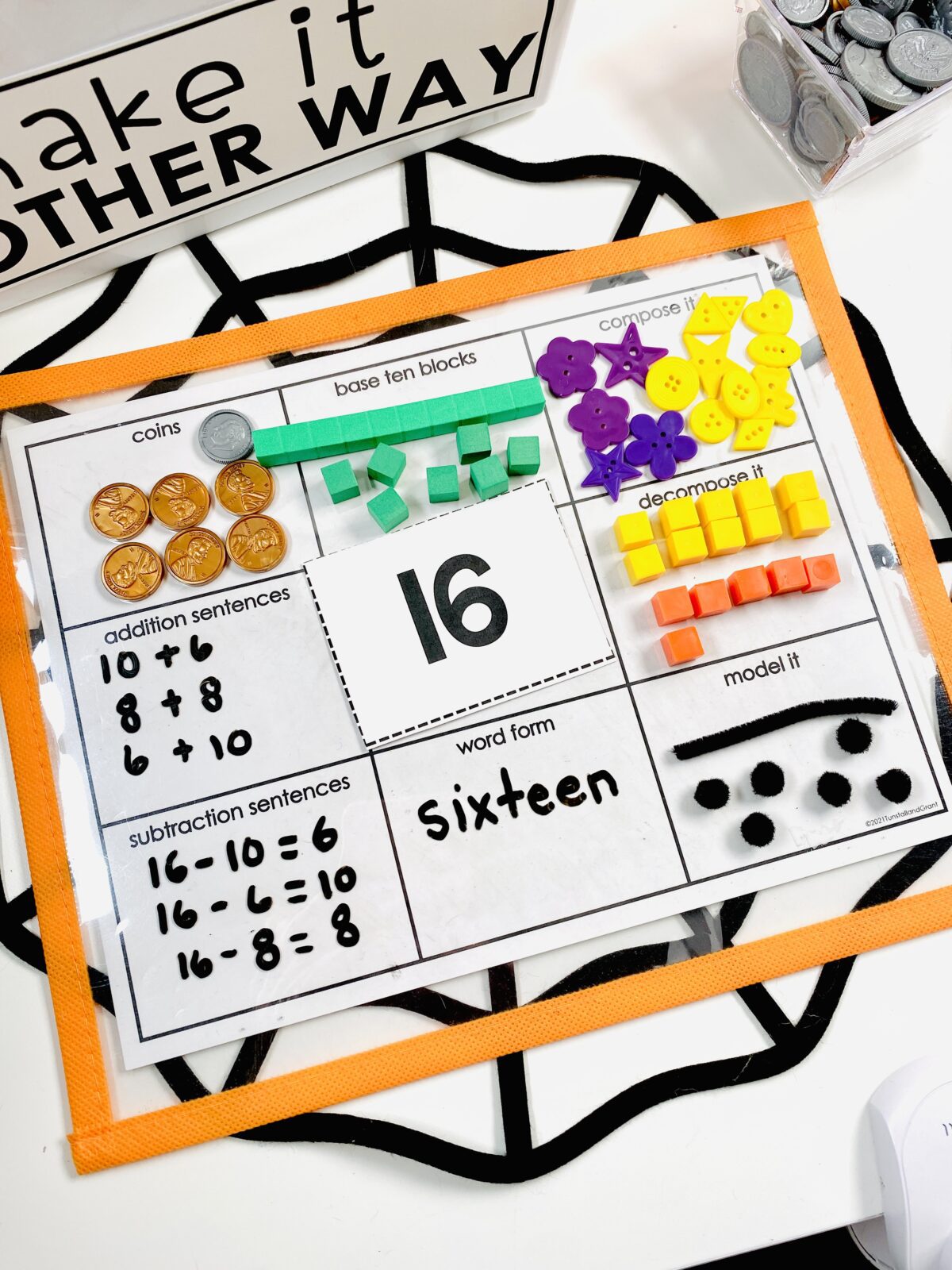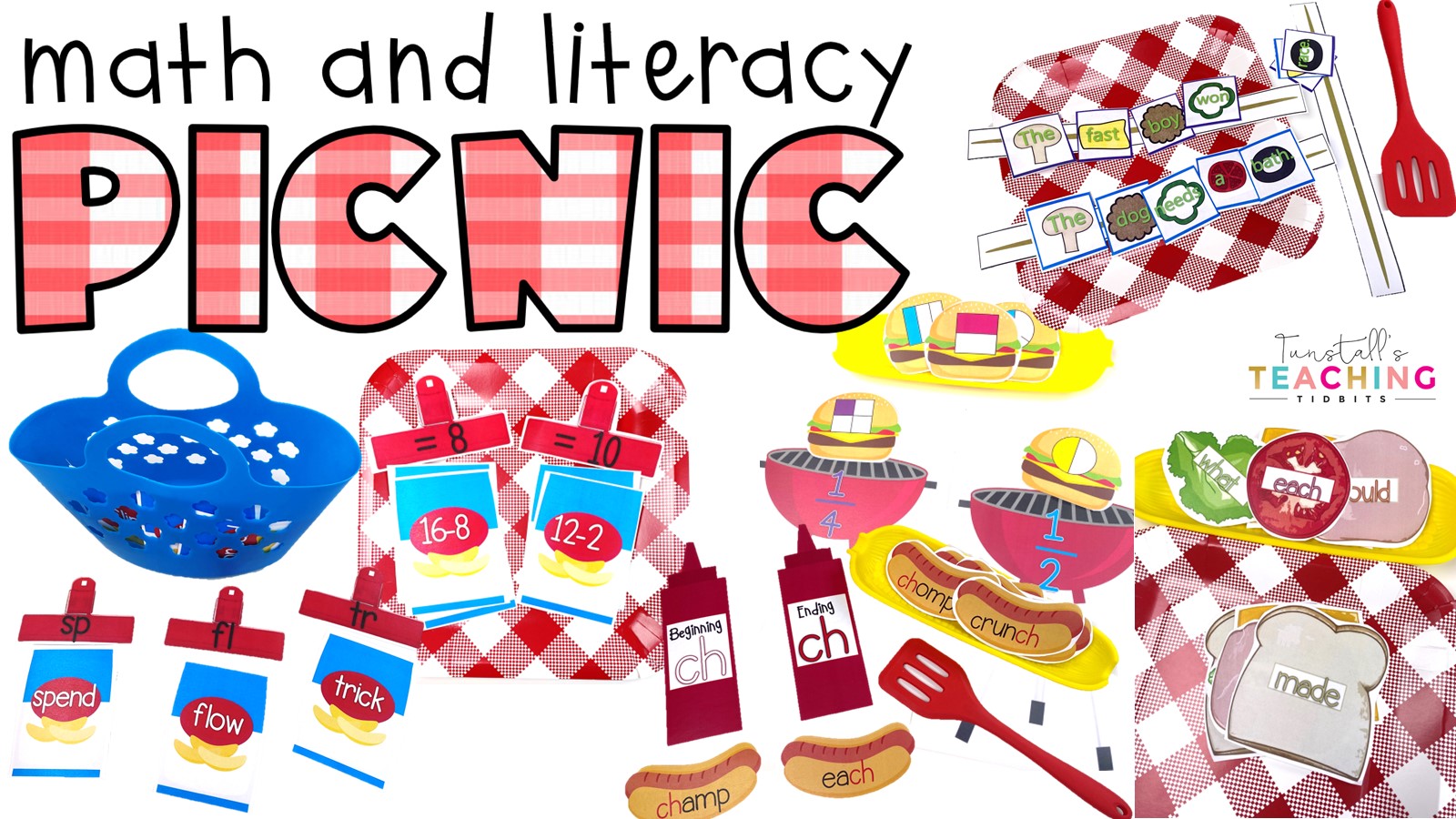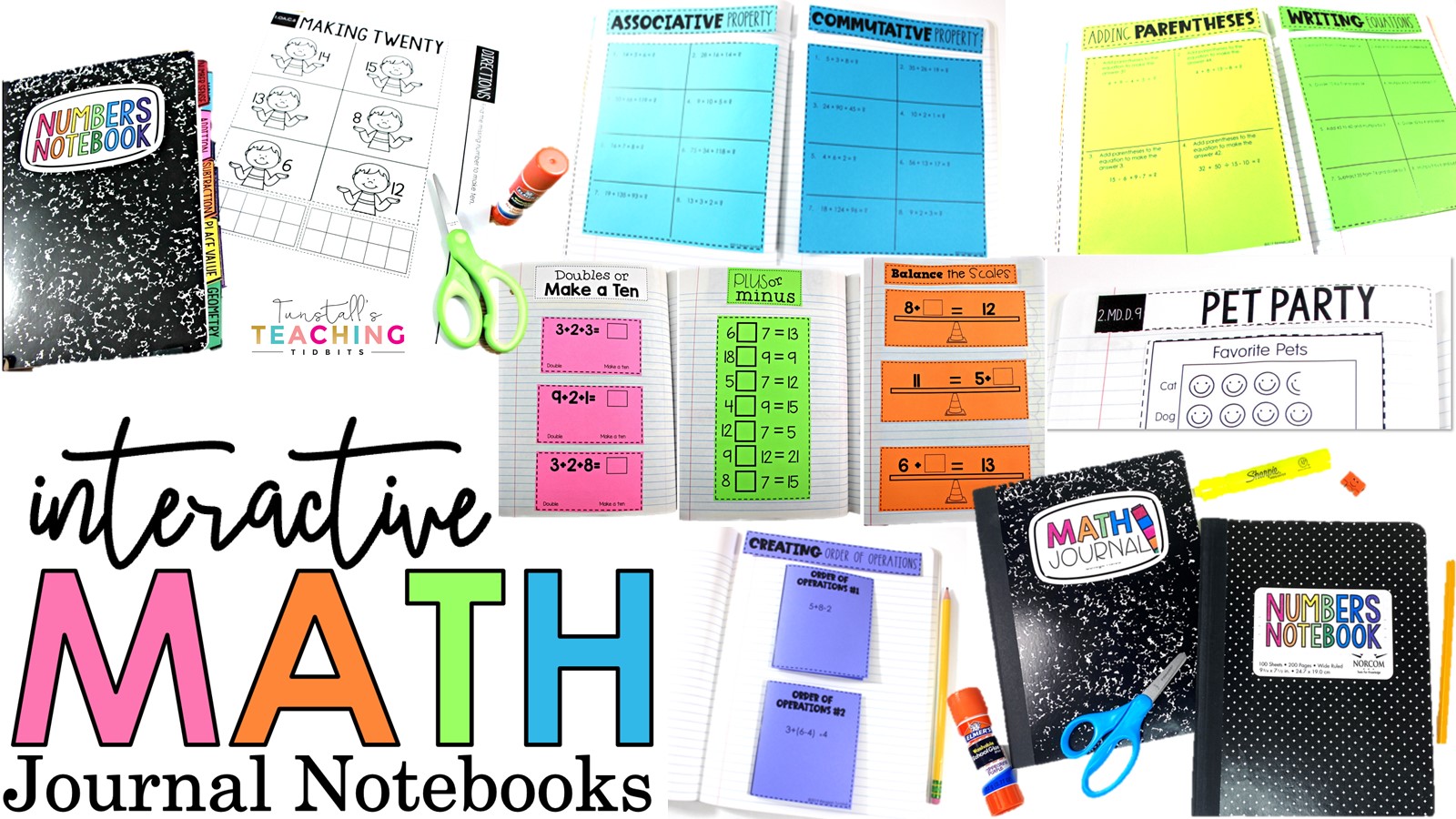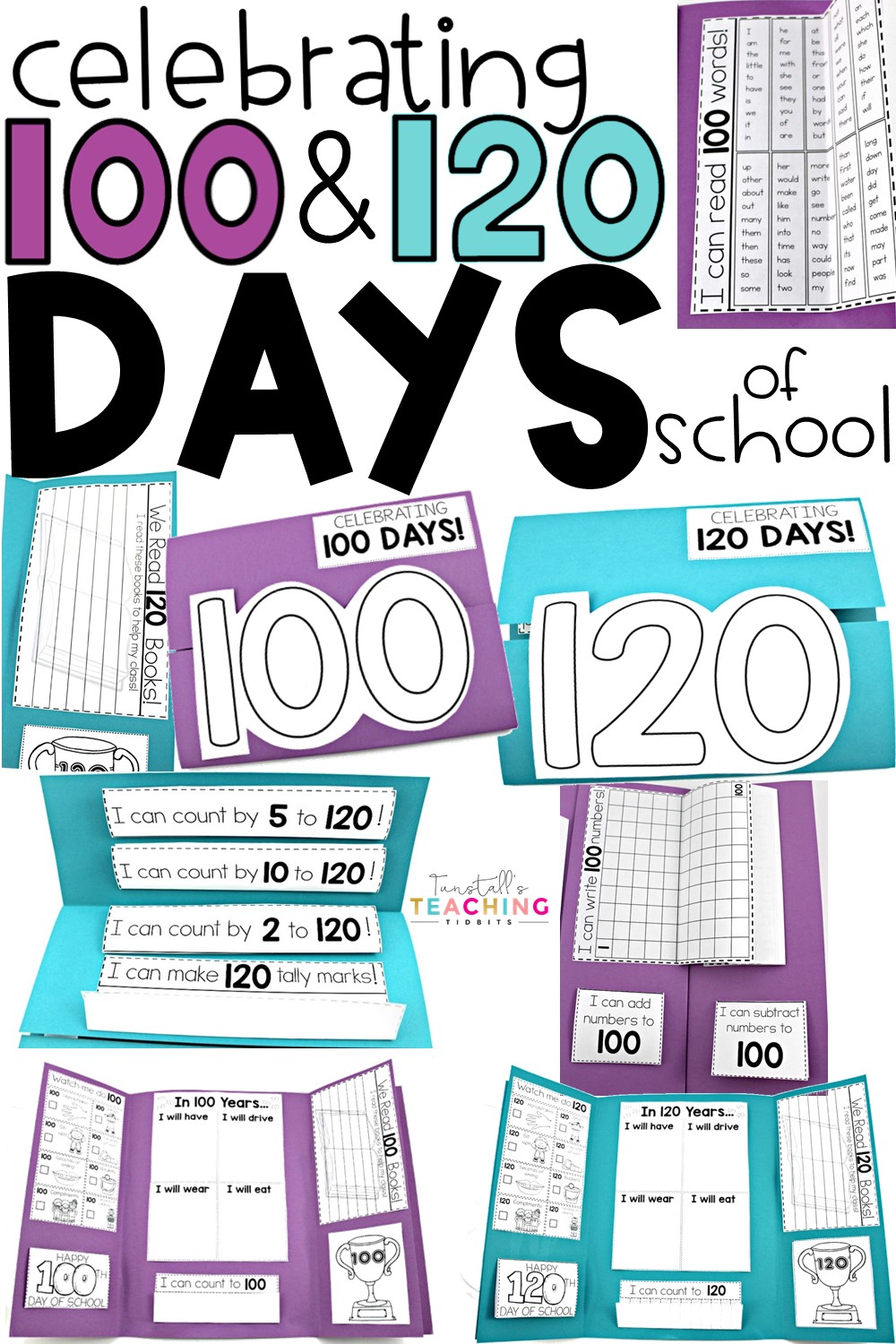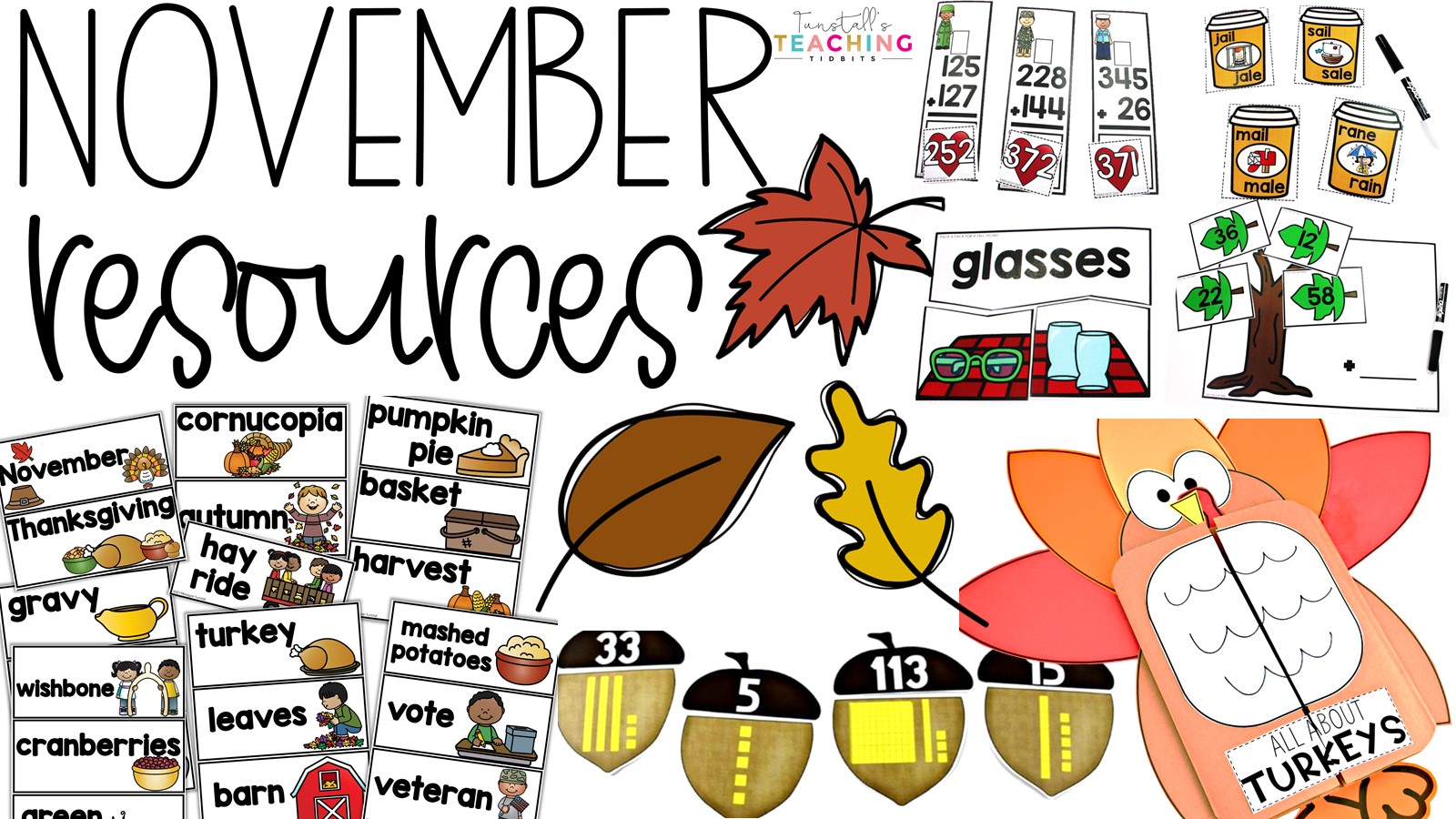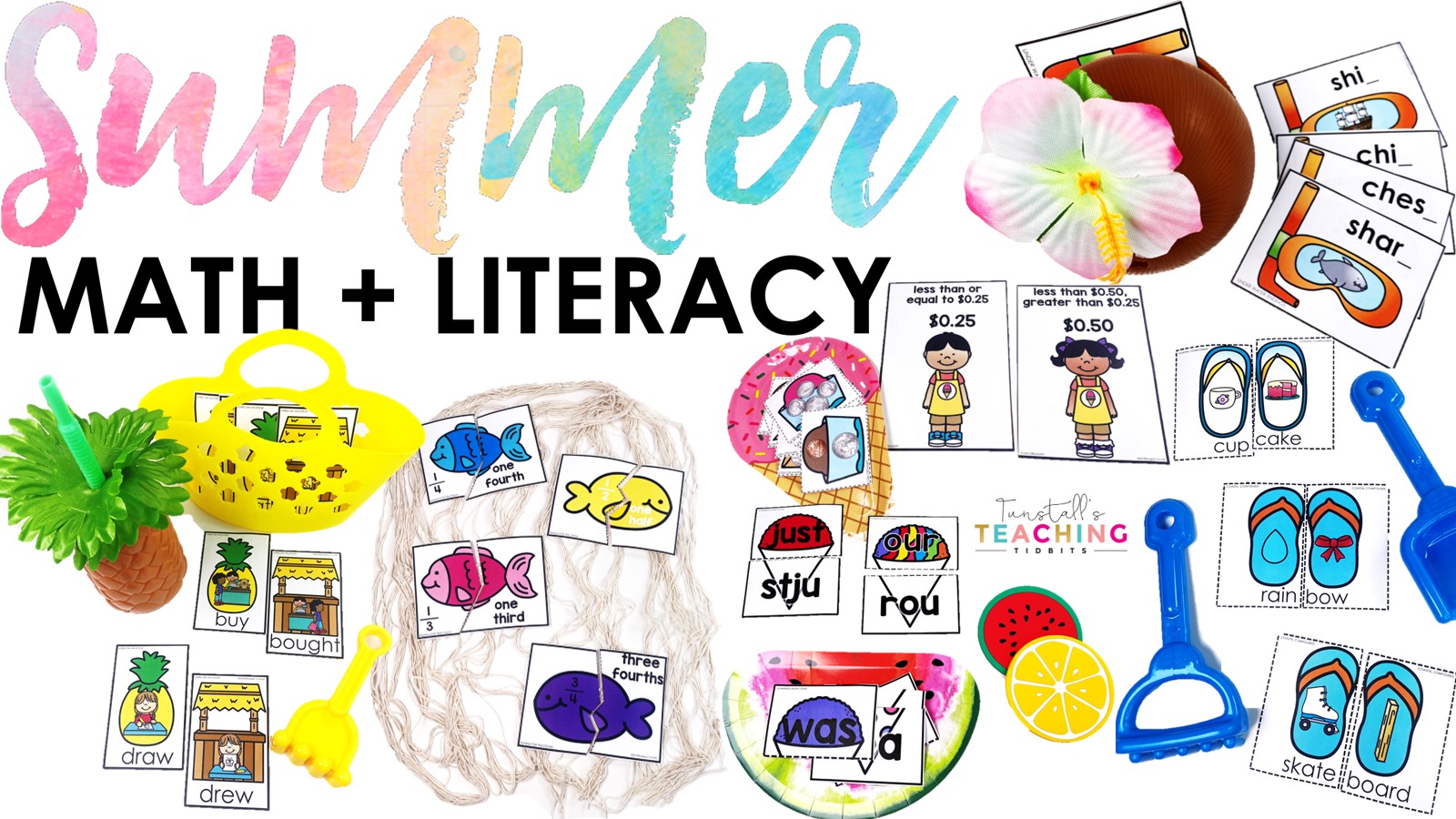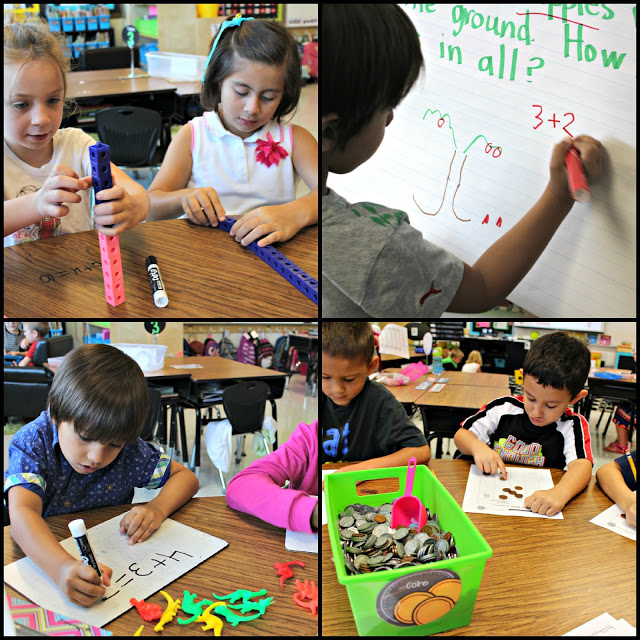Meaningful Math Connections Through Representations
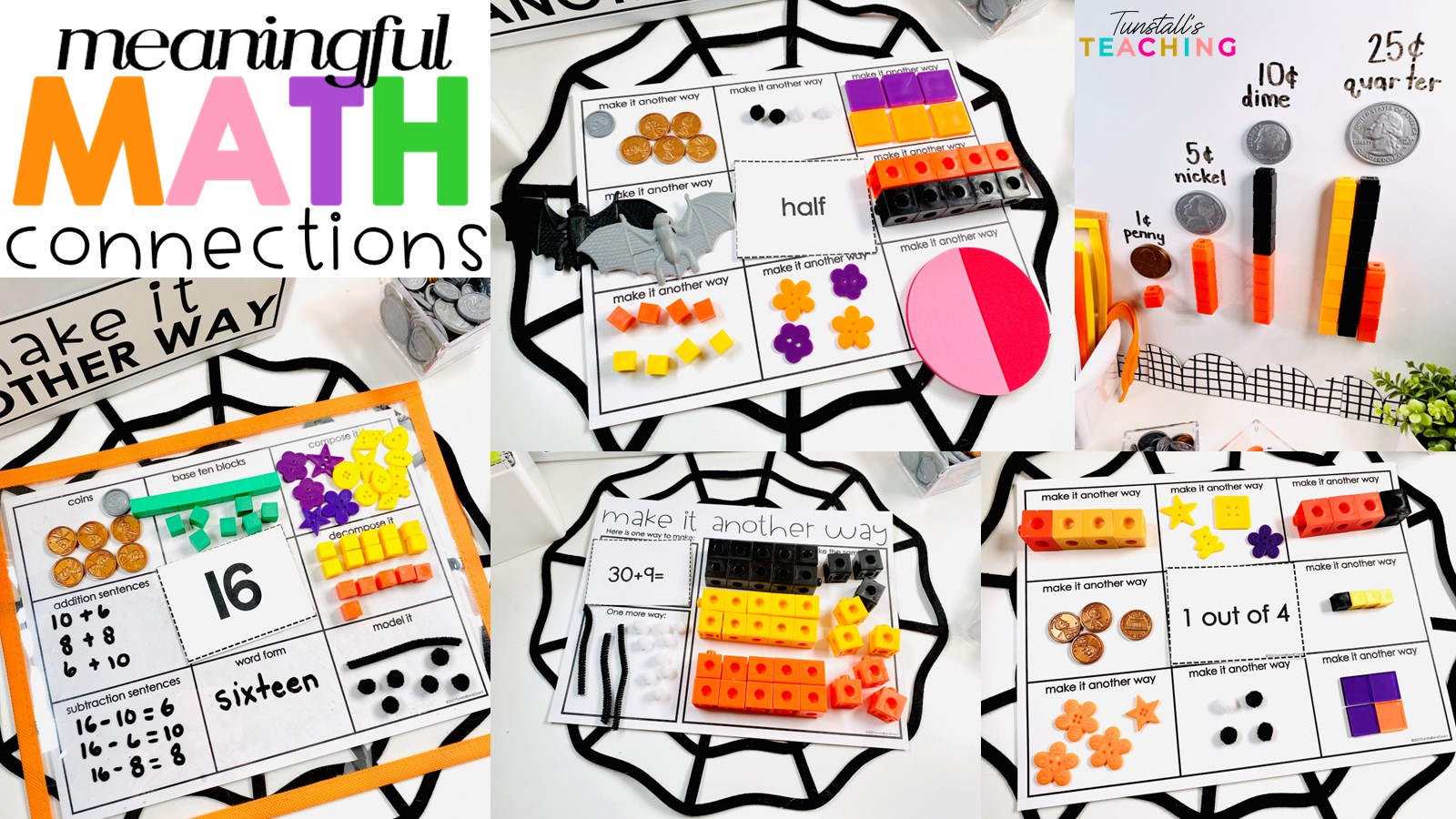
When we ask students to represent their math thinking, we provide a platform for students to connect more deeply and conceptually. In this post, we share simple ways to make meaningful math connections through representations.
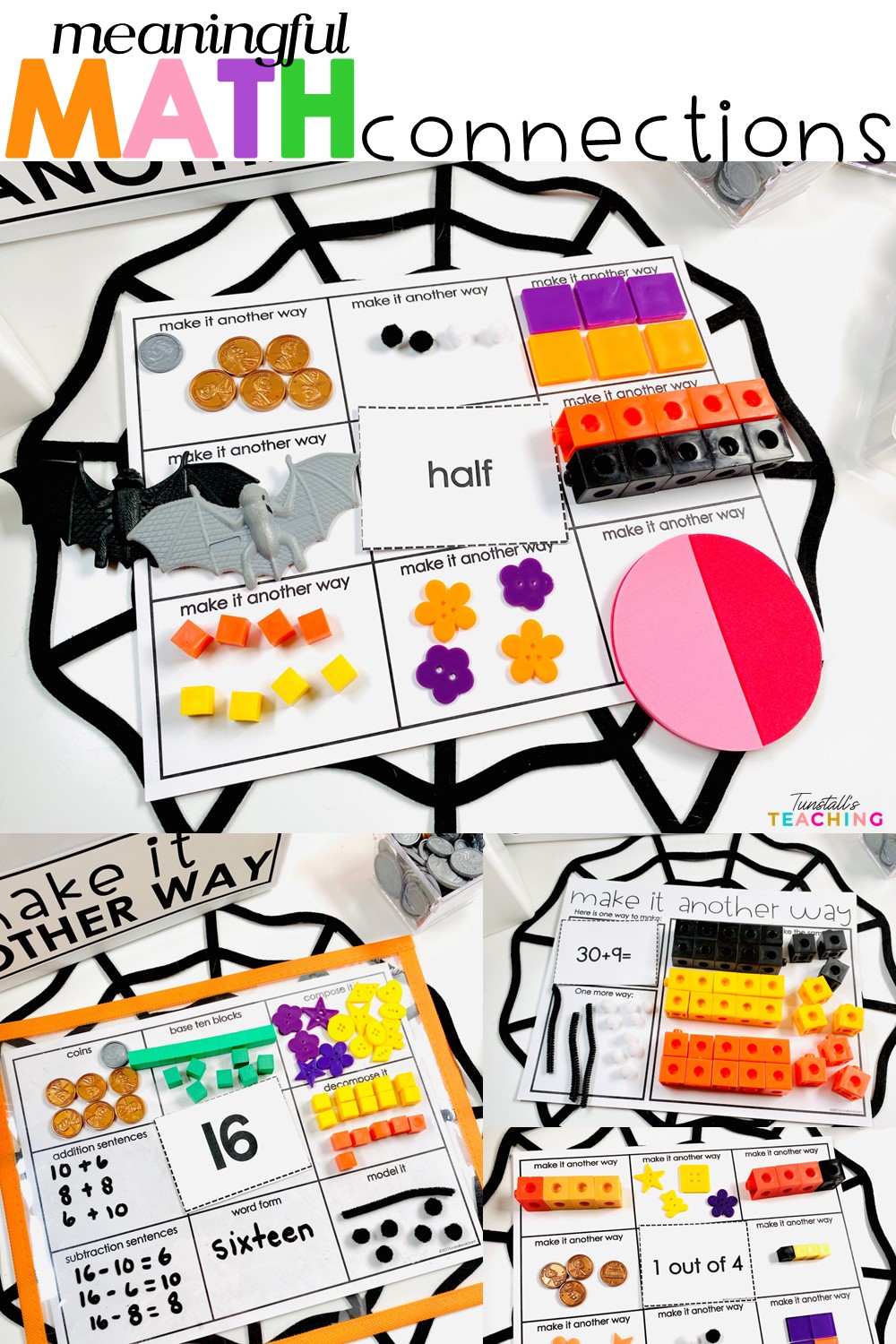
Meaningful Math Connections Through Representations
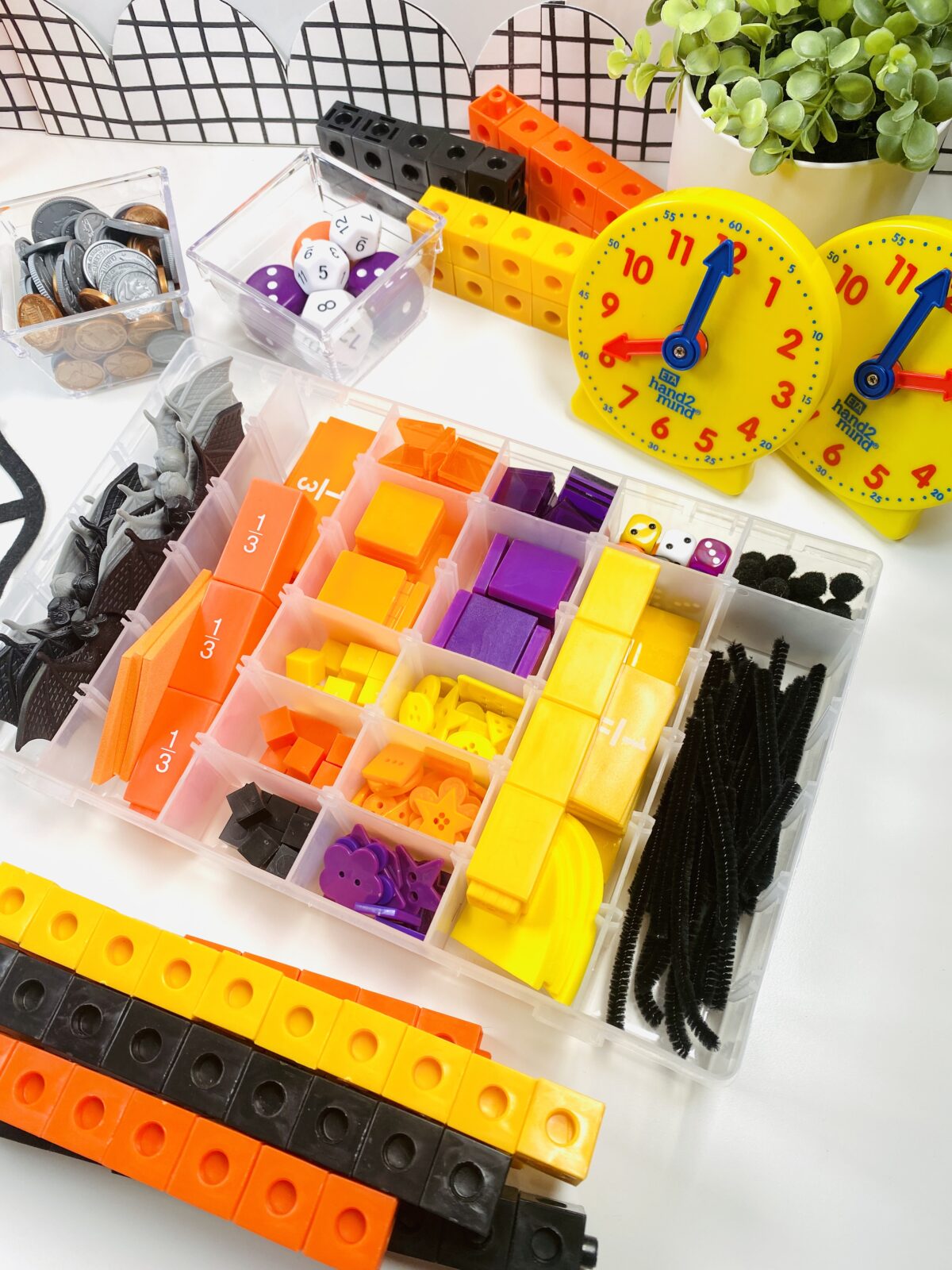
Before we ask students to represent a math concept, we want to give them the tools to do so. One of the easiest ways to build excitement about going to the teacher-led small group table is through the use of varied math tools and manipulatives. We’ve shared how you can quickly boost engagement each month and season by gathering the seasonal colors and trinkets that excite students in all grades.
Most of the manipulatives below are self-explanatory, but here are a couple of out-of-the-ordinary ideas.
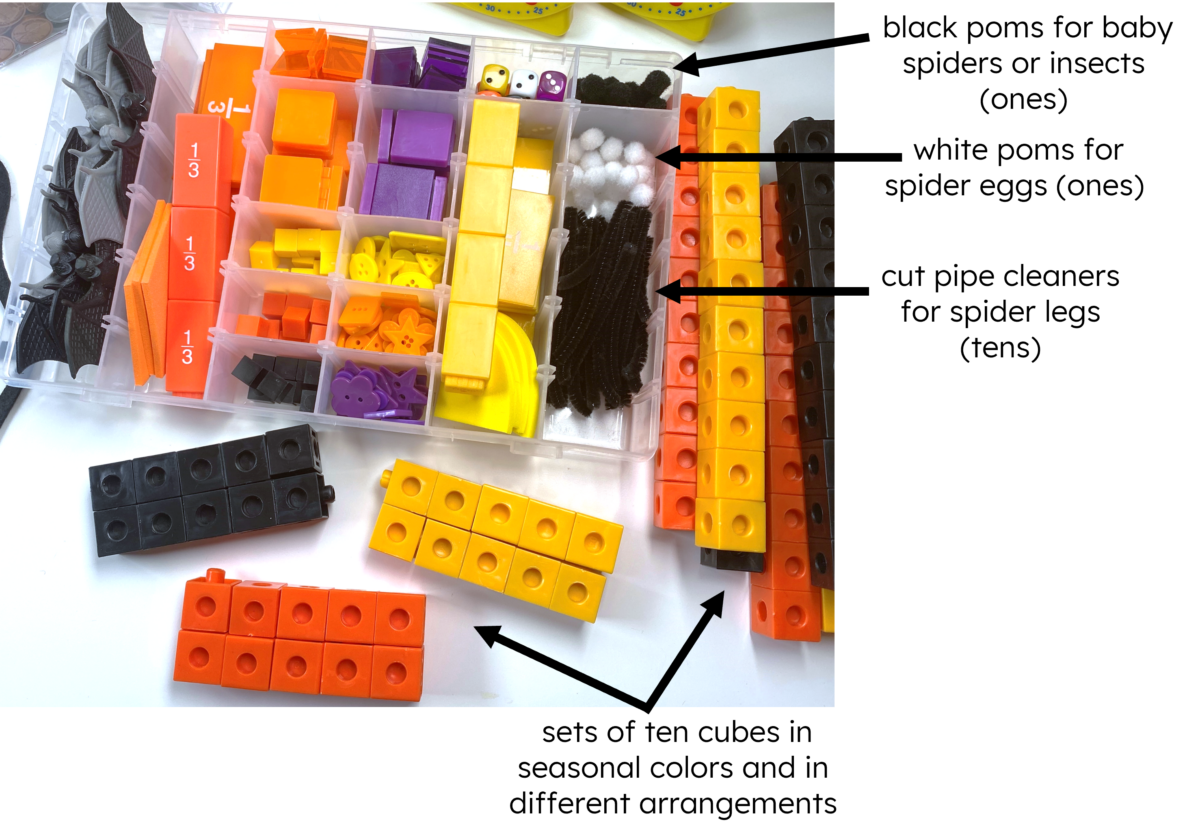
The trays can be found on amazon. I undid the lid for these pictures, so it’s easy for students to grab and it doesn’t take up much space on the table, but It snaps right back on for safekeeping!
Make it Another Way Mats
Let’s begin by having students show one way to represent a math concept. We are using our Make it Another Way Mats below. On the left, we see 16 made with a dime and six pennies. You can further explore coins and continue to ask for different combinations of coins that demonstrate the value 16. On the right, the student gives the bat a value of ten and the centimeter cubes the value of mosquito ones ;). When students make a representation, ask them to explain it. This can provide shared learning between students at the table as well as provide practice in communicating mathematical ideas.
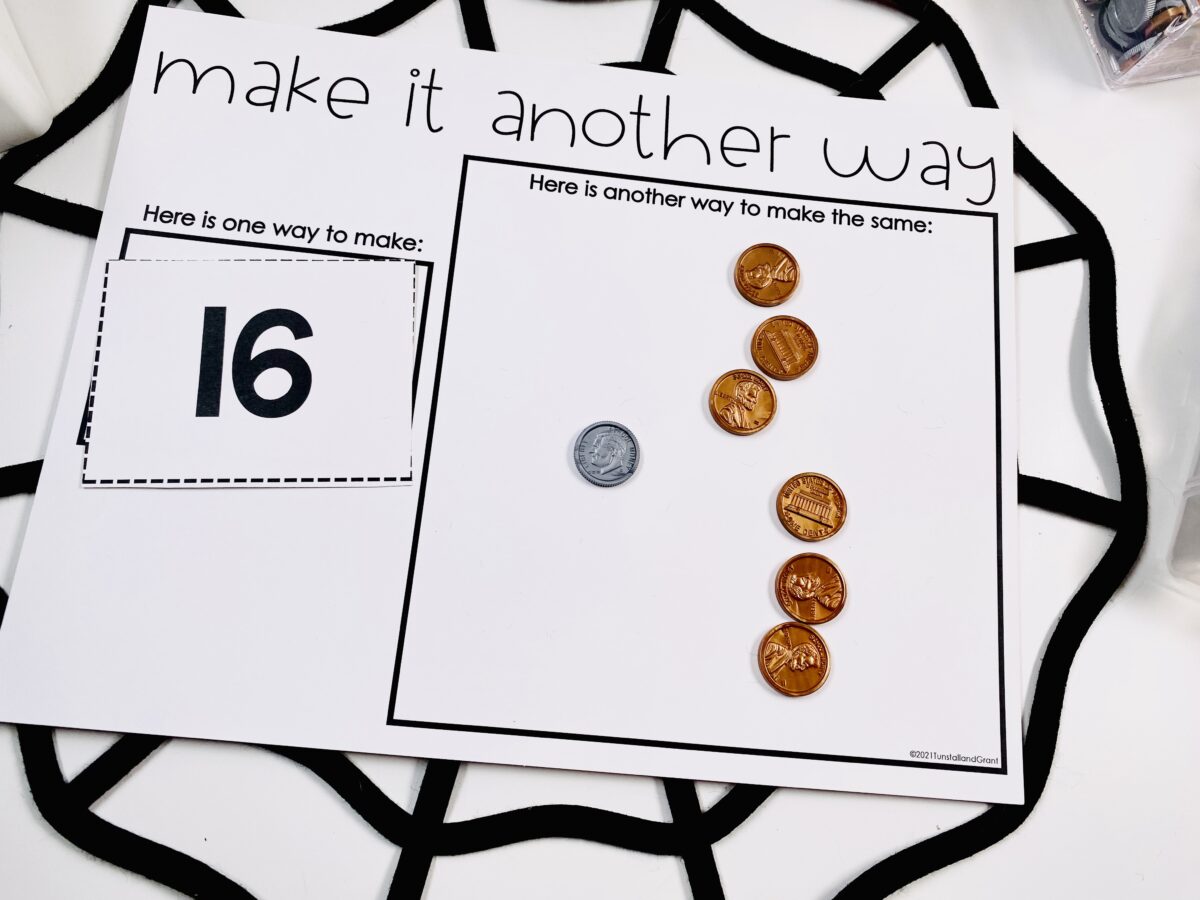
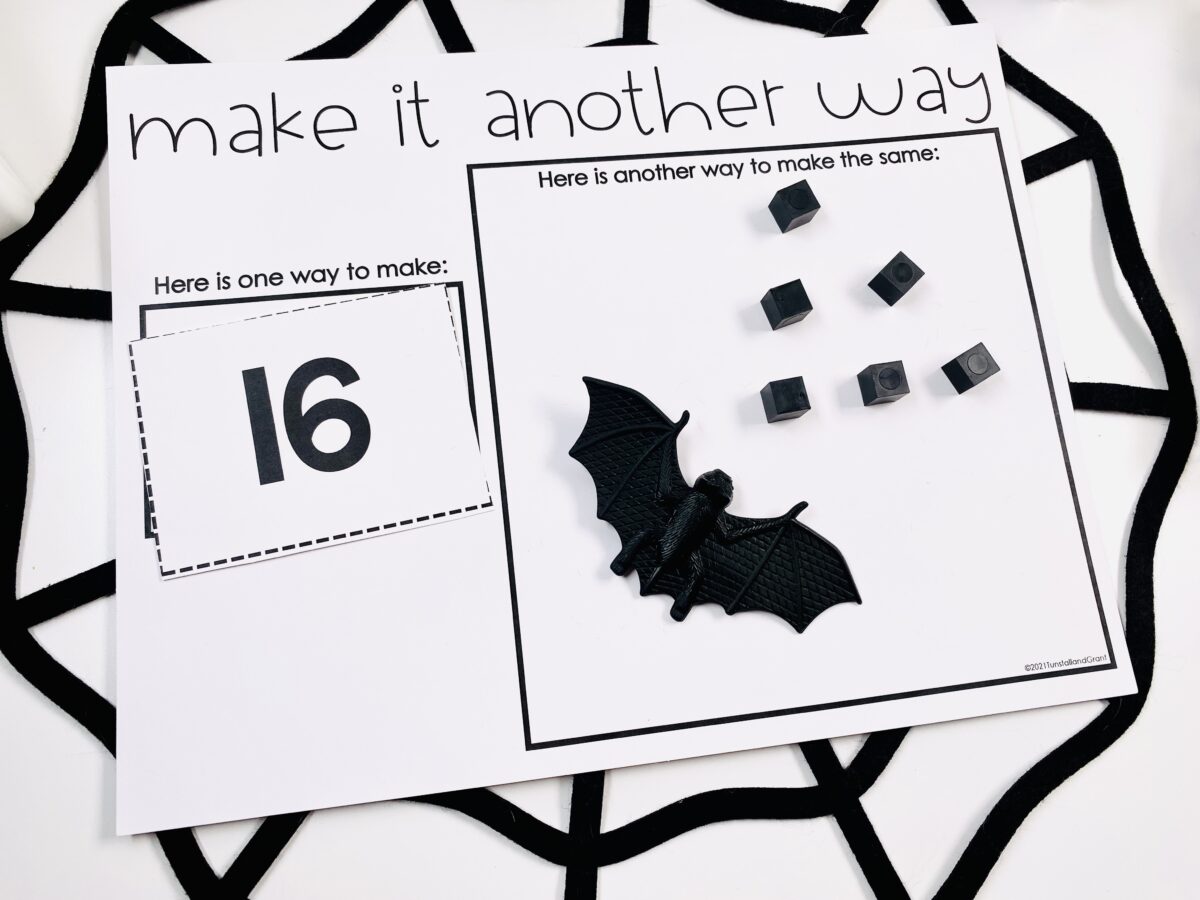
There are a variety of mats to allow students to make different amounts of math representations. These representations can be done as partners, table groups, or individually. Below, we lovingly call this mat the round-about.
Representing More than Numbers
Meaningful math connections can be made in all math strands. We typically think of number sense, computations, and place value when we think of using manipulatives, but meaningful math connections happen anytime we allow students to explain their thinking. The more this becomes a daily practice, the more students connect and creatively explore representations of different values across strands.
Model this practice in the classroom through daily calendar routines, having fun with the number of days in school, and representing all things math-related in your grade-appropriate way.
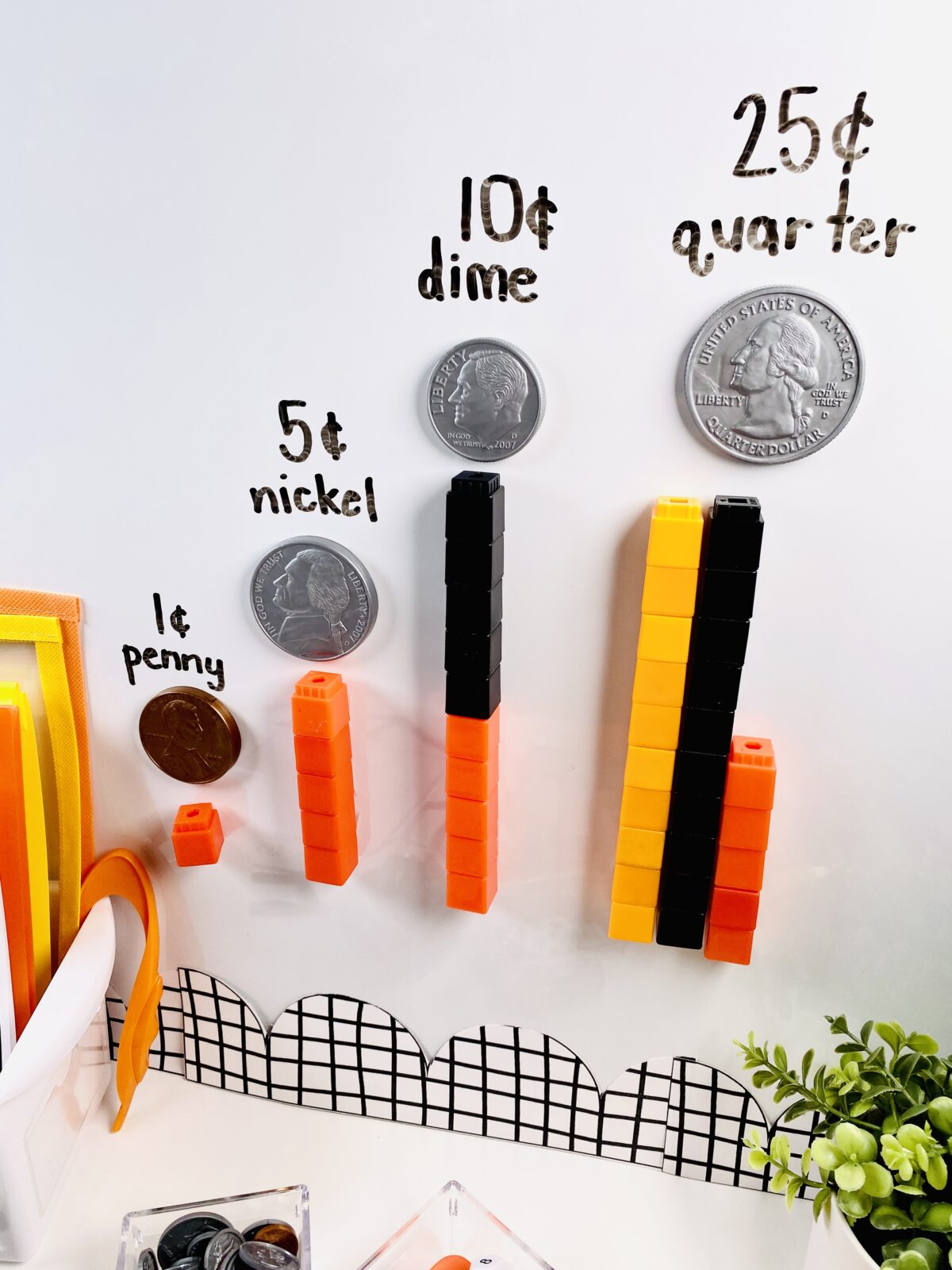
Below, we have spider legs and spider eggs (tens and ones) representing 30 + 9, as well as tens and ones in snap cubes. Upper grades can see that 39 is broken into 3 × 10 and 3 × 3 as well as 3 × 13.
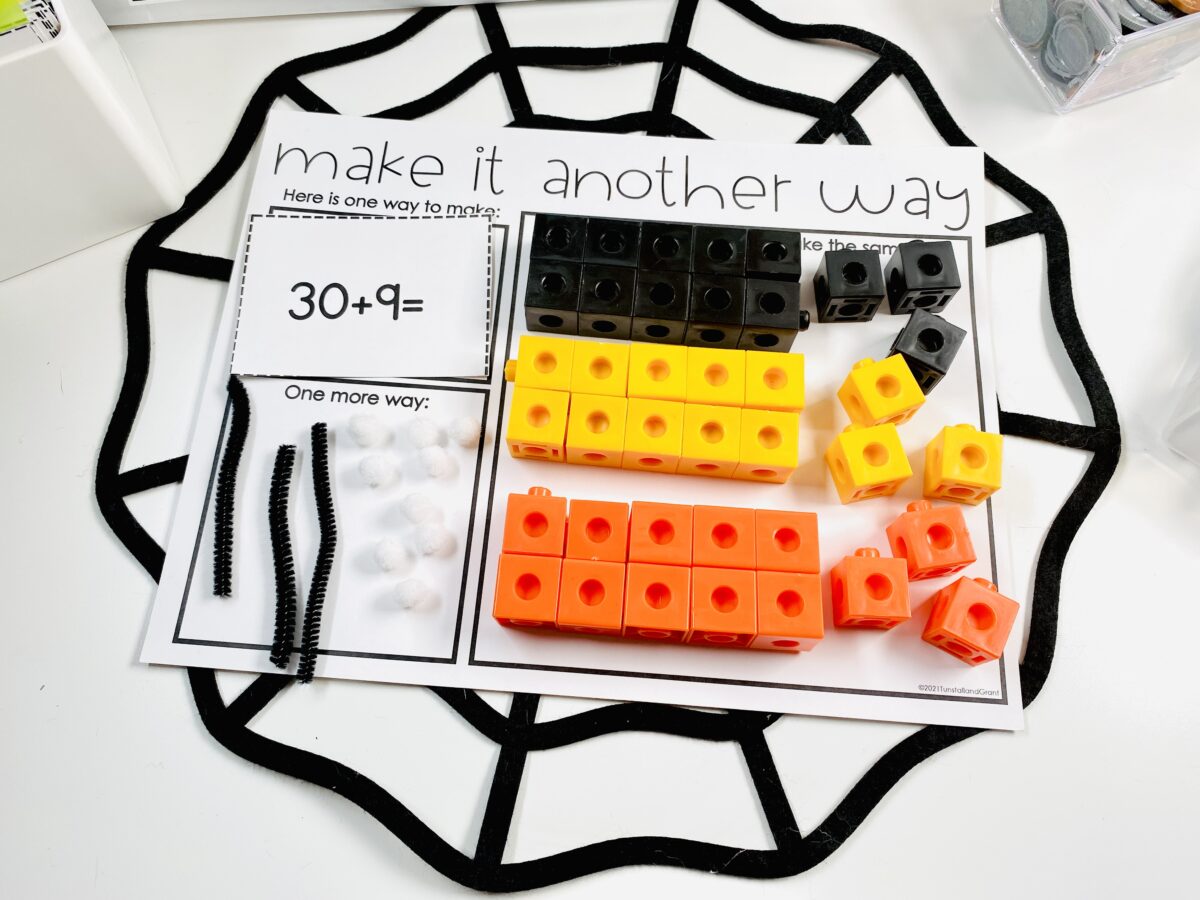
Keeping things hands-on vertically through the grade levels provides that deep understanding and the ability to connect math concepts.
More Meaningful Math Connections
Let’s discuss different ways to give students confidence in understanding fractions.
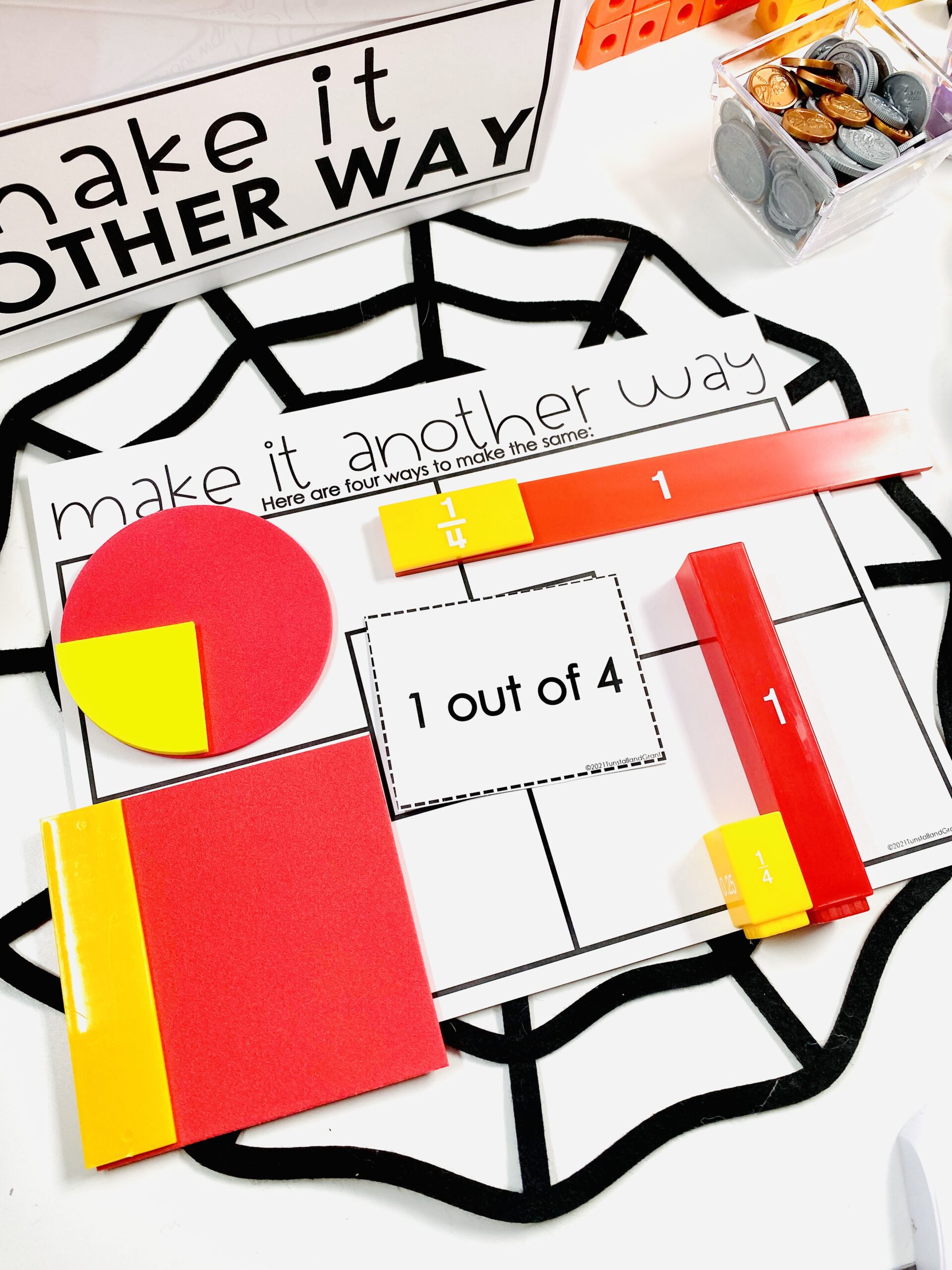
One way to build an understanding of fractions is to use traditional fraction manipulatives. It is important to allow students to see the same fraction in multiple models. Let the aha moments commence.
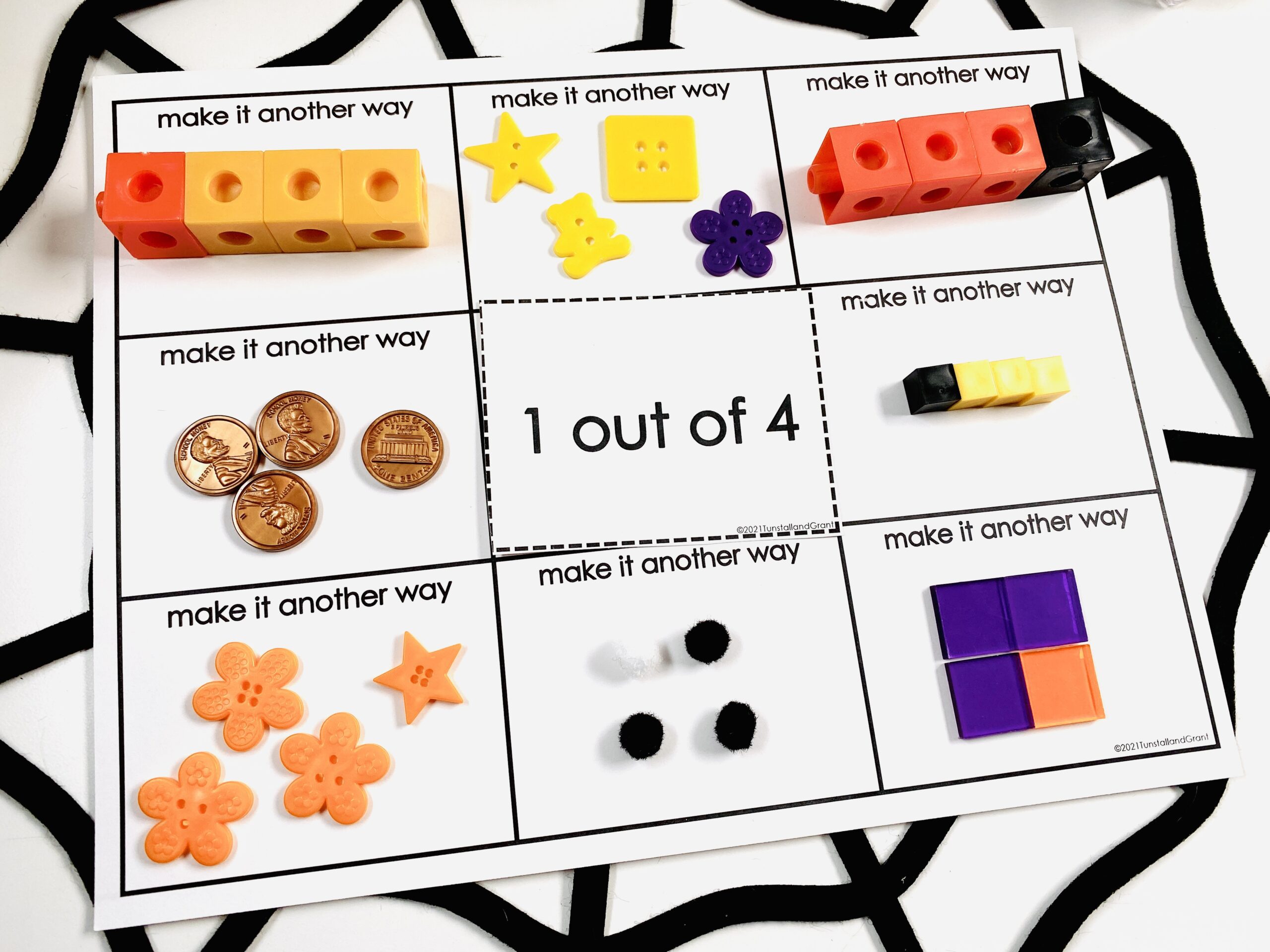
Showing the same fraction in non-traditional ways is an important step in opening a deep understanding. Students can share this responsibility and each idea opens new thinking for the group.
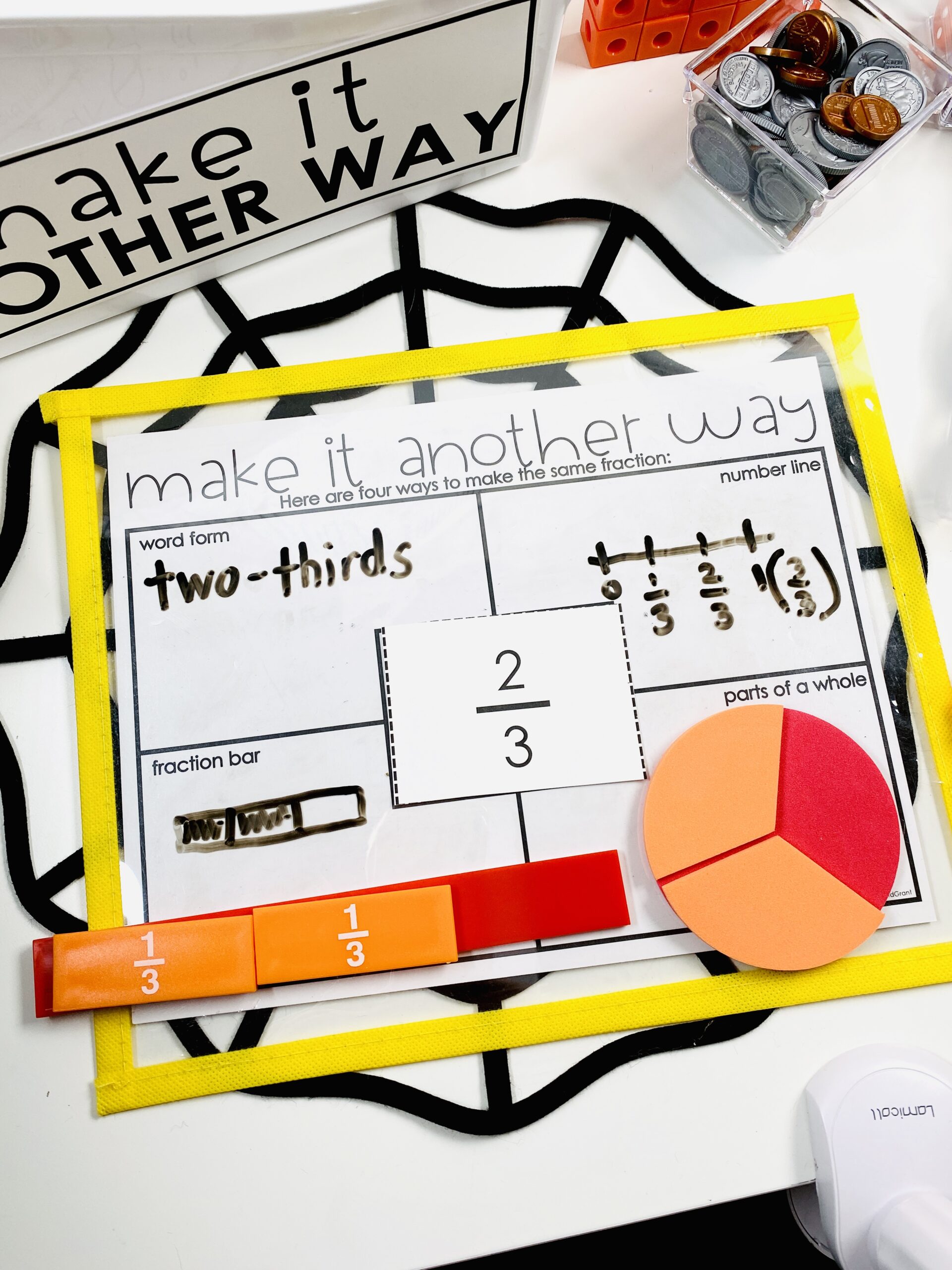
When students are ready, they can represent different math concepts through pictures and sketches (pictorially). There is no need to push students to do this too quickly or without the simultaneous use of objects.
Continue Making Meaningful Math Connections
The following posts share many ways to keep up meaningful math connections through representations. Each image will take you to the post.
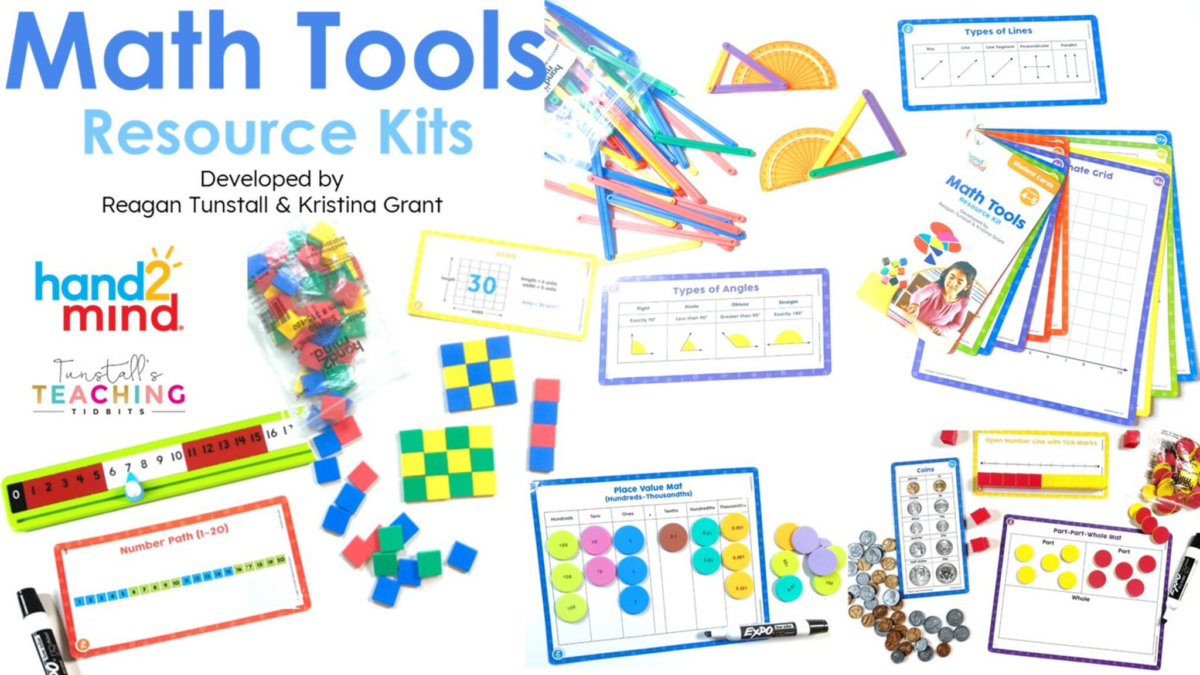
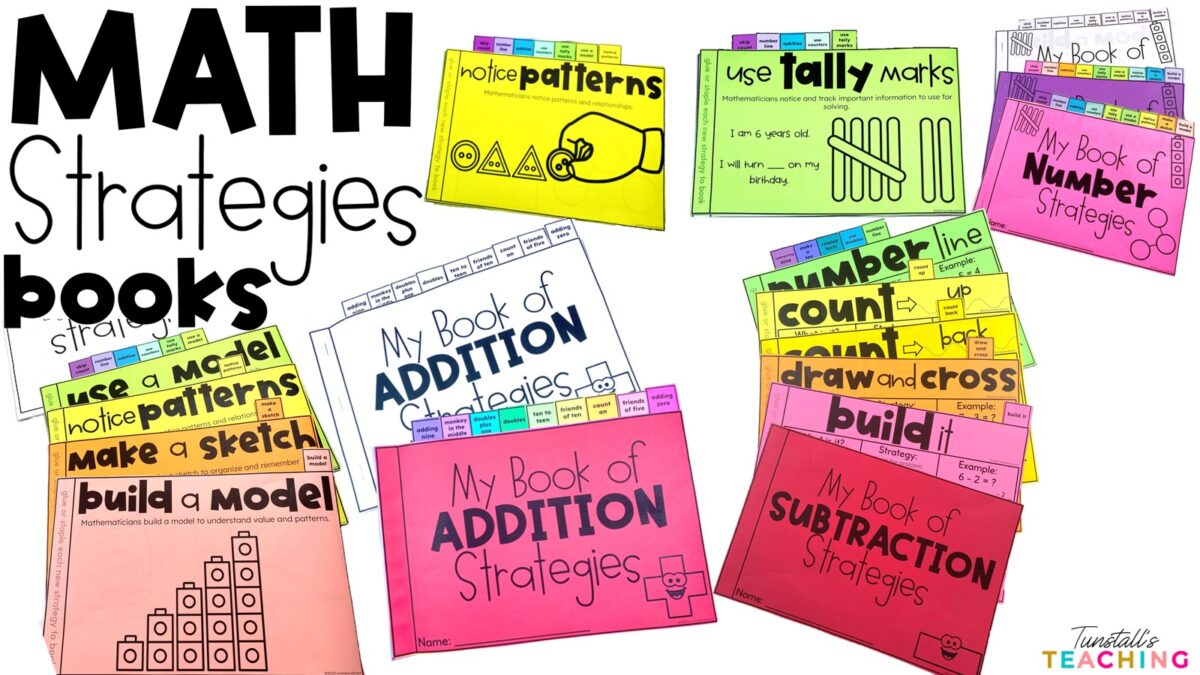
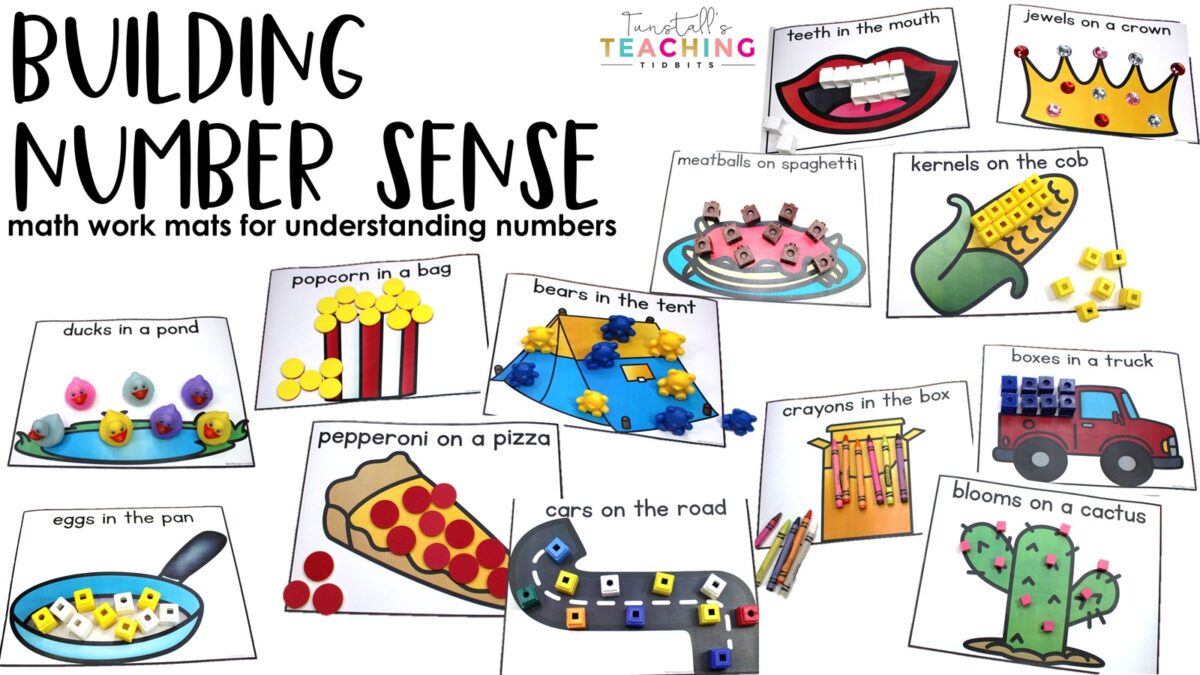
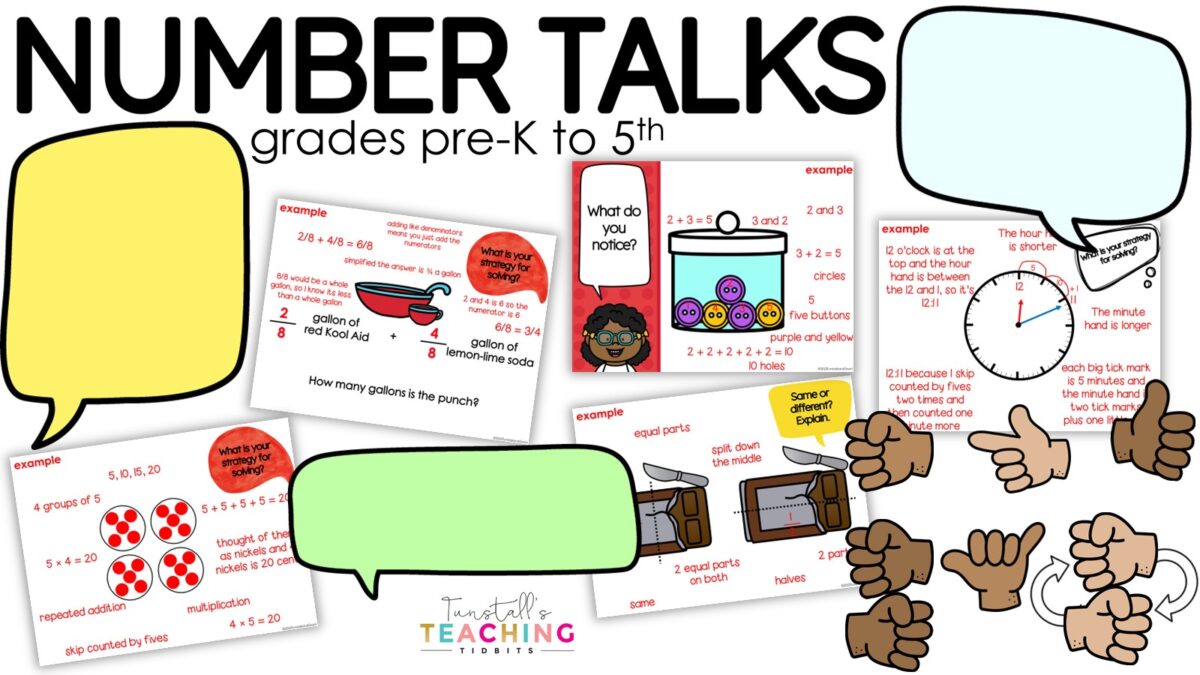

 Contact Us
Contact Us